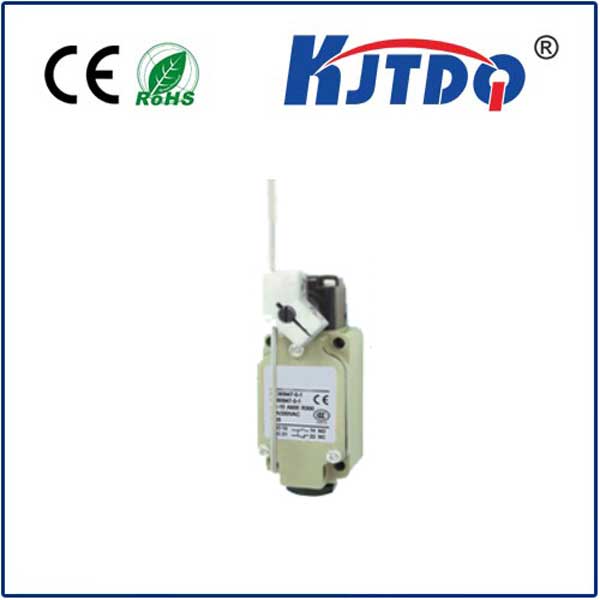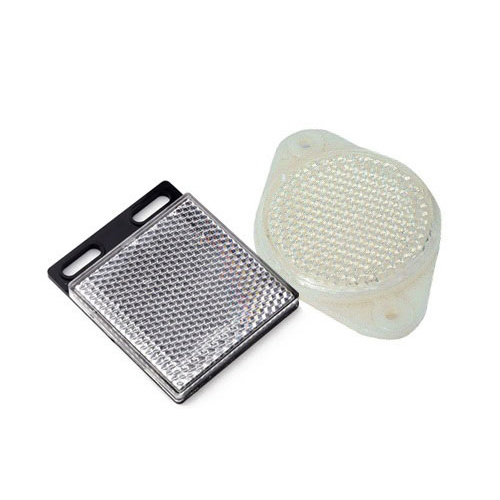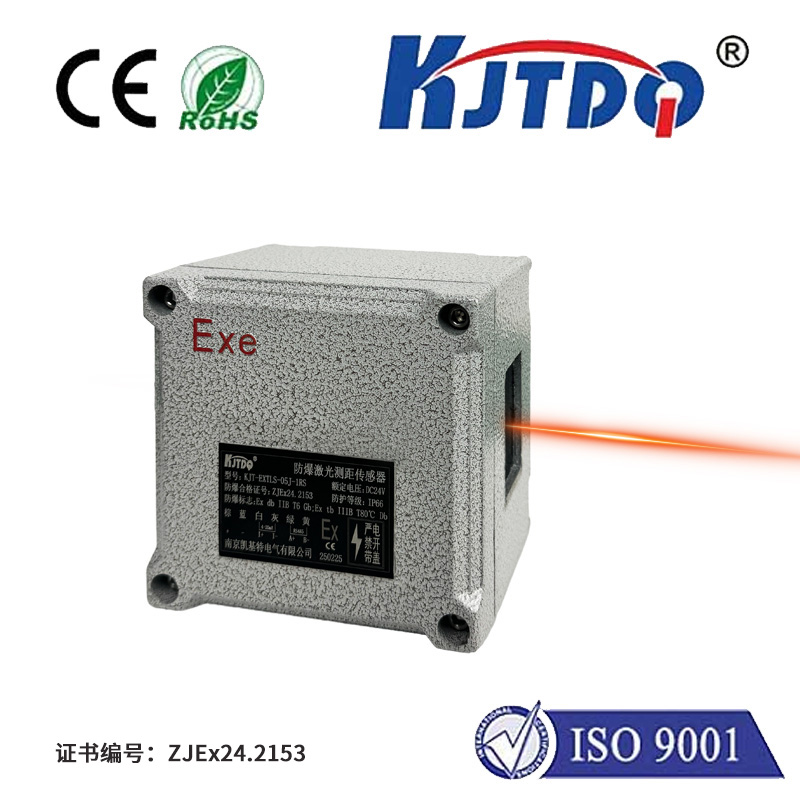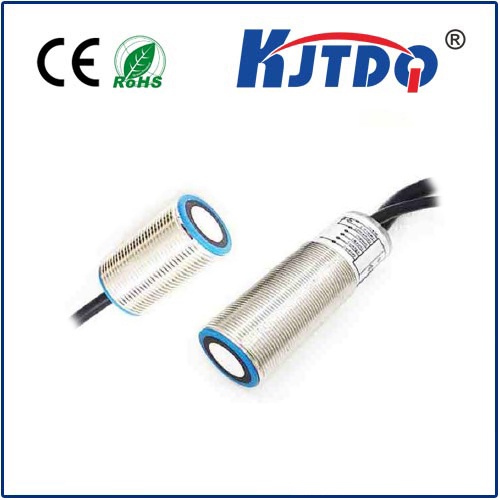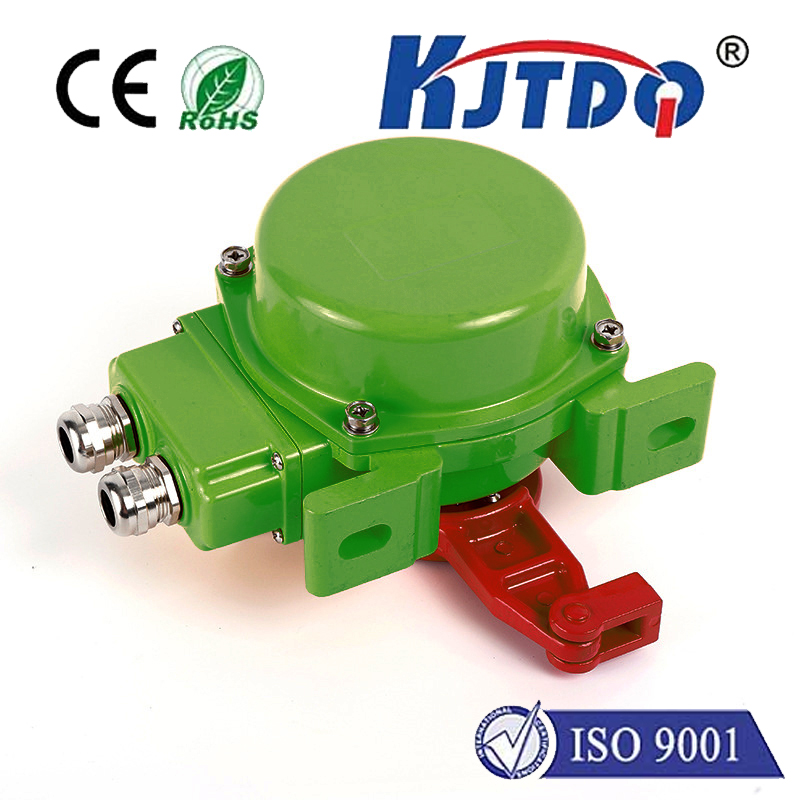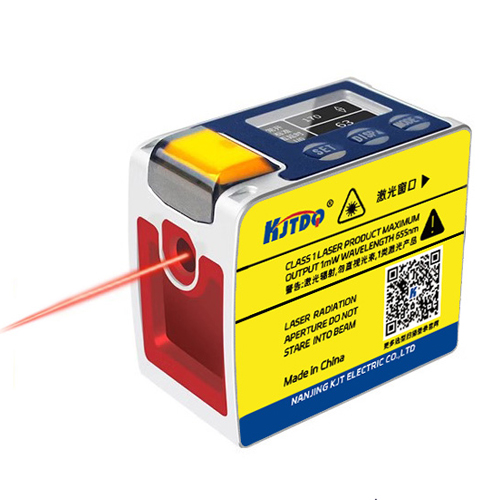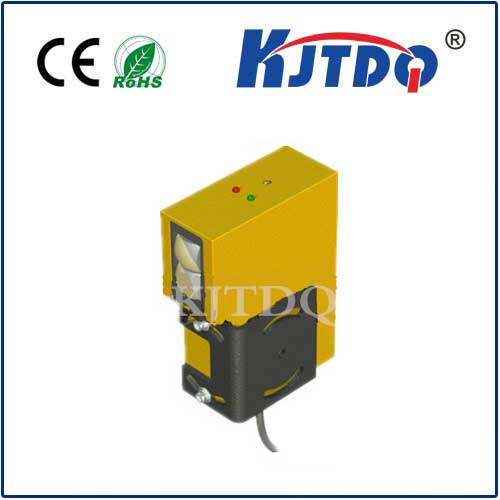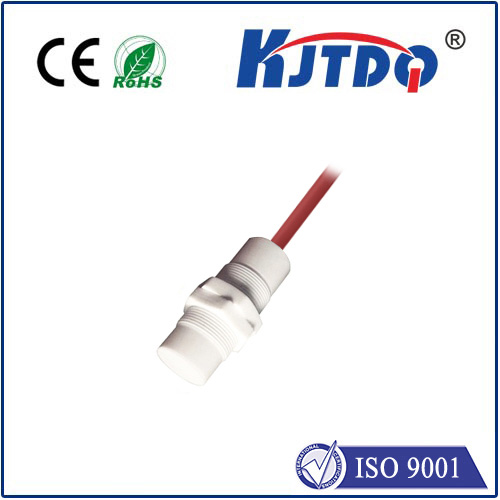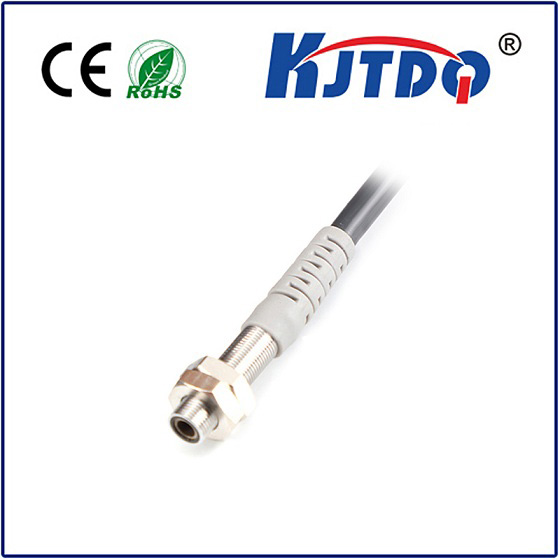rfid proximity sensor
- time:2025-07-02 03:25:08
- Click:0
RFID Proximity Sensor: Demystifying the Technology and When They Intersect
We’ve all seen it: someone waves a badge near a reader, a door unlocks, and it’s casually called an “RFID proximity sensor.” Or perhaps an asset zooms past a fixed point on a conveyor, triggering an automated scan, labeled similarly. But what is an RFID proximity sensor? Is RFID inherently a proximity technology? The truth is slightly more nuanced, and understanding the distinction is crucial for selecting the right solution. This article cuts through the confusion, explaining the core technologies and how the concepts of RFID and “proximity” truly interact.
RFID Explained: Identification at a Distance
Let’s start by defining the core technology. RFID, or Radio Frequency Identification, is a method of automatically identifying objects or people using radio waves. An RFID system comprises two main components:
- RFID Tags: Small devices attached to items. Each tag contains a unique identifier (UID) and potentially other data. Tags can be passive (powered by the reader’s signal), active (with their own battery), or battery-assisted passive (BAP).
- RFID Reader (Interrogator): A device that emits a radio frequency signal. When an RFID tag enters the reader’s electromagnetic field, it absorbs energy (in passive/BAP systems), powers up its microchip, and transmits its stored data back to the reader.
The Critical Distinction: Identification vs. Detection

- RFID’s Purpose: To uniquely identify a specific item or person. It answers “What is this?” and potentially “What about this?” (if the tag stores more data).
- Proximity Sensor’s Purpose: To detect the presence or absence of an object within a certain range, typically without necessarily identifying what it is. It answers “Is something there?” Proximity sensors often work on principles like inductive coupling (for metals), capacitive coupling, ultrasonic waves, or photoelectric beams.
So, What is an “RFID Proximity Sensor”?
The term itself is somewhat misleading and often stems from the application rather than the core technology. Here’s how it breaks down:
- RFID Readers Operating in Proximity Mode: Most commonly, the phrase refers to passive RFID systems using High-Frequency (HF, typically 13.56 MHz) technology, especially those compliant with the ISO 14443 standard (common for access control cards and payment systems). These systems have a limited read range, usually a few centimeters up to about 10 cm. While they fundamentally perform identification (reading the tag’s UID), their extremely short range creates a proximity effect. Access is granted only when the badge is held very close to the reader, mimicking the behavior of a simple proximity detector.
- Proximity Sensors Triggering RFID Reads: In industrial automation, a separate proximity sensor (e.g., inductive or photoelectric) might be used purely to detect when an item enters a specific zone. This detection event then triggers an RFID reader positioned nearby to attempt to read the tag on that item. Here, the proximity sensor acts as an external trigger for the RFID system.
- Misnomer: Sometimes, people loosely use “RFID proximity sensor” to refer to any short-range RFID reader, regardless of its primary function being identification. It’s vital to recognize that the identification capability is always the core function of the RFID component.
Where “Proximity” Meets RFID: Key Applications
The combination of short-range RFID identification and proximity-like behavior is incredibly useful:
- Access Control Systems: The classic example. An HF RFID badge is brought close to the reader, which identifies the badge’s UID and grants or denies access. The proximity requirement enhances security and convenience.
- Contactless Payments (NFC): Near Field Communication (NFC), a subset of HF RFID with even shorter range ( cm), powers tap-to-pay functions in cards and phones. Proximity is essential for secure transactions.
- Secure Document Verification: Passports and secure ID cards often contain HF RFID chips read only when placed extremely close to a specialized reader.
- Tool Tracking in Controlled Areas: Ensuring specific tools are only used by authorized personnel within designated zones, using short-range RFID reads triggered when tools are picked up or near a workstation.
- Interactive Kiosks/Exhibits: Short-range RFID reads trigger personalized content or information when an item (e.g., a museum artifact replica) is brought close to a reader point.
Choosing the Right Tool: RFID vs. True Proximity Sensors
Understanding the difference is key to solving the right problem:
| Parameter |
RFID Technology |
Traditional Proximity Sensors |
| Core Function |
Unique Identification |
Presence Detection |
| Information Provided |
What is the object? (Unique ID + Data) |
Is an object present? (Binary Yes/No) |
| Typical Range |
Varies (cm to 100+ m) |
Short to Medium (mm to 10s of cm) |
| Object Requirements |
Tag must be attached |
Needs specific properties (metal/reflectivity etc.) |
| Cost |
Higher (tags + reader infrastructure) |
Lower (sensor unit only) |
| Ideal For |
Tracking individual assets, access control, payments |
Simple presence detection, position verification |
- Need to uniquely identify items? You need RFID.
- Simply need to know if an object (any object meeting the sensor’s criteria) is present within a specific area? A traditional proximity sensor is likely more cost-effective and simpler.
- Need to identify items only when they are very close? Then a short-range HF RFID reader (the type often called an “RFID proximity sensor”) is the right solution.
Conclusion: Precision in Terminology Leads to Better Solutions
While “RFID proximity sensor” is a common phrase, it’s essential to recognize it typically describes an RFID system operating with proximity-like behavior, primarily achieved through short-range HF technology. RFID fundamentally delivers identification, while true proximity sensors excel at presence detection. Confusing these functions can lead to selecting the wrong technology for an application. By understanding the distinct purposes, mechanisms, and optimal use cases for both RFID and traditional proximity sensors, businesses and engineers can implement more efficient, accurate, and cost-effective automation, security, and tracking systems. Knowing what is present, not just if something is present, is the powerful advantage RFID brings to the concept of proximity.






